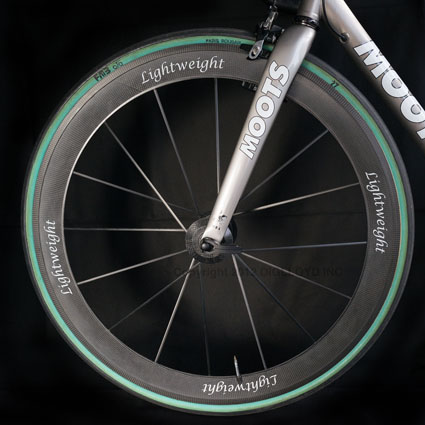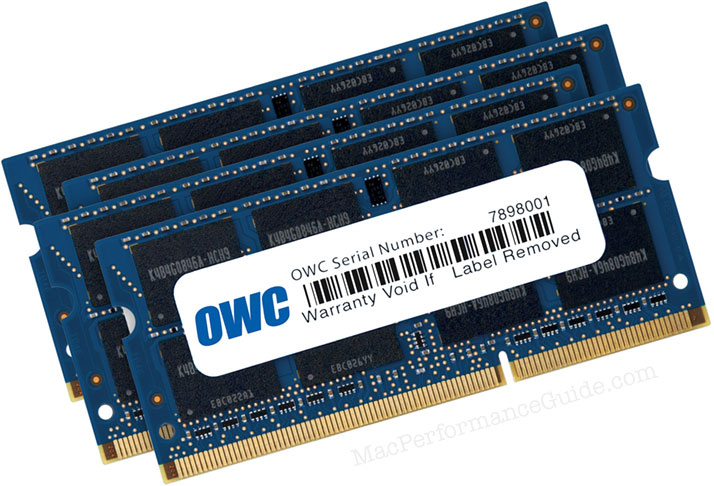
$220 SAVE $130 = 37.0% Western Digital 16.0TB Western Digital Ultrastar DC HC550 3.5-in… in Storage: Hard Drives
|

|

|

|

|
Lightweight Mielenstein / Standard Carbon Fiber Wheelset
Related: gear, Lightweight, Road Bikes, tubular, Veloflex
See the specifications over at Lightweight.info.
Most riders will be fine with the 16+20 spoke combo, which is good for a total rider+bike+clothing+luggage of 220 pounds. This yields a 1100g wheelset, or 110g heavier than the Obermayer and 40g heavier than the Ventoux 240.
If you’re spending at this level, take a hard look at the Obermayer and Ventoux options— none of the Lightweight options are inexpensive.
Lightweight wheel names
As of 2012, Lightweight has renamed the product line:
Lightweight Standard = Lightweight Mielenstein Lightweight Obermayer = Lightweight Mielenstein Obermayer Lightweight Standard Clincher= Lightweight Mielenstein Clincher Lightweight Ventoux = Lightweight Gipfelsturm Lightweight VR8 = discontinued, see Lightweight Autobahn
Since the Mielenstein Obermayer is a VERY different wheel from the non-Obermayer Mielenstein, this is terribly confusing from a customer buying perspective. They are quite different in stiffness and road feel, even if the two share the same rim profile and otherwise look identical.

Weight
For one front wheel as weighed:
Standard front: 503g (no skewer, “gen 3” 2012)
Specifications
Nominal specifications, per Lightweight.
The Standard is a very robust wheel which could be ridden on rough roads with a suitable tire.
I deem the Lightweight Mielenstein / Standard 20 spoke wheel as too stiff for long (100+ mile) rides and/or rough pavement (I weigh 170-175 pounds). Especially the front wheel, though the rear is tolerable. The Lightweight Mielenstein Obermayer is just the ticket, offering a notably more comfortable road feel.
Update Nov 18, 2012: the 16-spoke front wheel (and 20 spoke rear) offer an excellent ride quality, just right for my 175 pounds on the Moots Vamoots RSL.
| Lightweight Standard Wheelset 700C / 28" | Wheel set Weight (g), without skewer | Application Max Load (rider + bike + stuff) |
Wheel Hub |
|---|---|---|---|
| 16-spoke front + 20-spoke rear | 1100g | All around — street and cross-country 220 pounds = 100 kilos |
front hub: Lightweight, 100mm Rear hub: DT Swiss 240S, 130mm |
| 20-spoke front + 24-spoke rear | 1140g | All around — street and cross-country 264 pounds = 120 kilos |
|
• 60mm valves |
|||
Riding notes
I’ve ridden the Lightweight Standard wheels three times, always with the Veloflex Criterium, a mid-weight tubular tire (I prefer the Record and Sprinter). Total riding time experience is about 10 hours on both flat to rolling to up to 10° grade up and down.
Comfort
The Standard is a very stiff wheel, not uncomfortable, but definitely less butt-friendly than the Ventoux 240. I felt more comfortable with 5-8 PSI less pressure in the Standard (110-115 PSI) than with the Ventoux 240 (at a body weight of 186 pounds).
Climbing and descending
The Standard climbs great— the stiffness of the rear wheel wastes no power at all. Heavier riders will love the structural integrity of this wheel. But it is my sense that the Ventoux is a better climbing wheel, because it’s a bit lighter in the rim section, so it feels slightly quicker on brief accelerations.
When descending, I prefer the Ventoux; the Ventoux can be flipped instantly on fast curvy roads. By comparison, the Standard can pick up some torque steer from wind/air under some conditions, which forces more attention to be paid to one’s line on high speed descents. I really prefer the Ventoux for fast descents.
Side winds
The Standard has more surface area to be hit by side-winds, so it can be harder to control and more fidgety when being buffeted by wind. On the other hand, when the wind is just right, it does seem to accelerate a bit from the wind. But all in all, I think the Ventoux is a better choice for riding when the wind conditions are unpredictable.
At much lower cost than Apple, with more options.
Lloyd recommends 64GB for iMac or Mac Pro for photography/videography.
Braking
The loaner test wheelset I rode was about two years old, which could be a critical data point in what follows. I had Lightweight-spec DTSwiss brake pads on my Trek Madone 6.9 SSL that function just fine on my Ventoux 240 wheelset (before and after the Standards ride). My brake pads were set by Palo Alto Bicycles by expert mechanics. I examined them, and they looked to be adjusted nicely.
While descending Kings Mtn road in Woodside, CA, I felt that I would lock up the front wheel if I wasn't extremely careful while braking; once per revolution the brakes would grab so hard that the bike would visibly shake with a thump-thump-thump type braking. This is scary coming into a corner and destabilizes the bike, so I was forced to brake both early and more moderately. In short, the braking was bad to the point of being dangerous.
I have never had this issue with any other carbon wheel. When I first tried the Standards about 2 months ago (with cork pads), they were also really grabby. At that time, I did no descents however. I have used cork pads on ZIPP 303/404 wheels for 6 years, and the Ventoux 240 wheels have been braking fine with the same pads.
Could the wheels have some kind of residue? I cannot see anything of that nature. I just know that the braking performance was unacceptable. This might be due to an older material, but whatever the cause, I deem it a defect that the warranty should cover.
Other details
Weight rating
The wheels are rated for total weight: body + bike + “luggage”. Luggage means your clothing, glasses, helmet, toolkit, spare tube, water bottles, etc. It all adds up.
A 15-pound bike is close to 20 pounds once a pump, full water bottles, etc are added. Plan accordingly. Then again, the Lightweight wheels are robust, and you might be able to cheat if you’re reasonably close to the weight limit.
Warranty
For 10% more, Lightweight offers a 3 year replacement guarantee on the wheelset against just about anything, including running over them with your car by accident. This is a Good Deal. So I think Lightweight believes their wheels will last.
Wheel magnets
Wheel magnets are built in to both front and rear wheels, actually part of the spoke, placed opposite the valve stem of course. Wheel magnets won’t work with every sensor, but they work fine with the front fork-mounted sensor I’m using.
Seagate 22TB IronWolf Pro 7200 rpm SATA III 3.5" Internal NAS HDD (CMR)
SAVE $60




